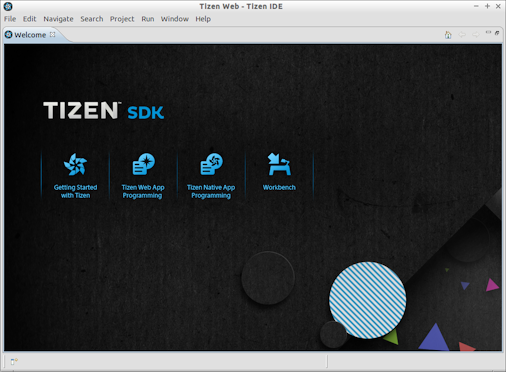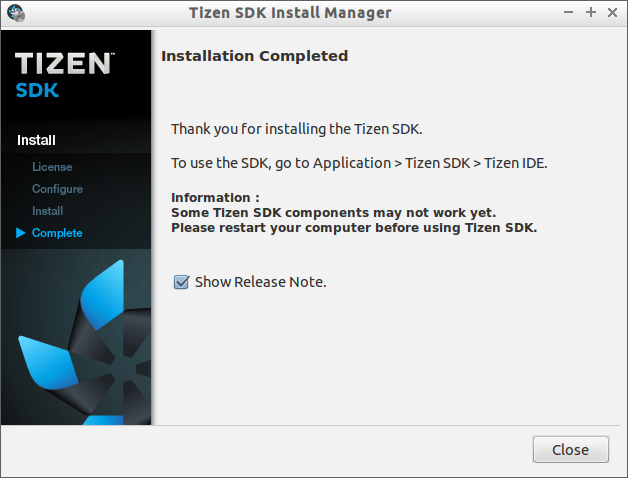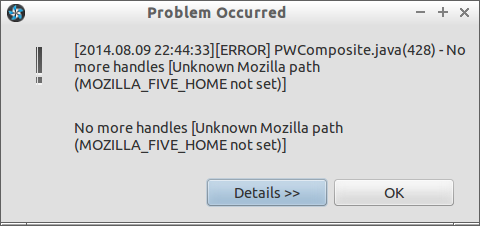Tizen and Ubuntu - a long way to HelloWorld

The post contains a guide to deploying and setting up a development environment for Tizen in the Ubuntu GNU / Linux OS.
As practice has shown, this is not a completely trivial task. Who needs details - welcome under cat.
Do tizen-development planned for a long time. All the conditions are there: RD-PQ is lying idle, time has appeared, and I wanted to see something else from mobile platforms (I am writing for Android now).
At work and at home, and wherever I reached out, I use Lubuntu - it does not require resources, it almost doesn’t require any configuration, it
')
1) Lubuntu - completely standard, current 14.04.1 LTS x86-64. If anyone knows, they lie here .
2) Download the Tizen SDK installer , run chmod + x and launch the binary. To run it also requires java (and OpenJDK is not suitable), gettext , expect , make , libudev-dev .
3) Installation is complete. But all the fun is just beginning.

4) When you run a freshly installed Eclipse with a wind turbine, we see this.

sdb is tayzenovskiy analog android adb , which is quite convenient.
sudo ln -sf /lib/i386-linux-gnu/libudev.so.1 /lib/i386-linux-gnu/libudev.so.0 5) Now the IDE starts. But "friendly" greets us with a white tab "Welcome" with no content. When you try to create a new project, we step on the next rake:

The intuitive assumption to prescribe the path to firefox to the requested variable does not justify itself, and again you have to go to Google. There is already more interesting, it turns out there are several solutions, but there is no clear instructions. In a nutshell, Eclipse needs an xulrunner, or a webkit for the built-in browser to work. Since Tizen SDK is based on a rather old version of Eclipse - 3.7.2, it needs xulrunner-1.9.x, or 3.6.x , corresponding to that time. Actual versions are not suitable, which I found out experimentally by trying xulrunner-31.0. In addition, there is no xulrunner-1.9.2 for x86_64 architecture in ftp mozilla assemblies. It is good that such one was found in the wilds of night assemblies two years old. At your own risk, download, unpack:
wget http://ftp.mozilla.org/pub/mozilla.org/xulrunner/nightly/2012/03/2012-03-29-03-32-28-mozilla-1.9.2/xulrunner-1.9.2.29pre.en-US.linux-x86_64.tar.bz2 tar -xjf xulrunner-1.9.2.29pre.en-US.linux-x86_64.tar.bz2 The final touch is to write the following lines in eclipse.ini :
-Dorg.eclipse.swt.browser.DefaultType=mozilla -Dorg.eclipse.swt.browser.XULRunnerPath=/opt/xulrunner/1.9.2/xulrunner 6) Restart the IDE. If you see such a welcome screen, as in the first picture of this article, then everything is done correctly and you can start working.
7) The final step on the way to the assembly will be to generate a certificate. This is a standard action, it is described in the documentation . You need to go to Window> Preferences> Tizen SDK> Security Profiles , create a profile and certificate that will be used to sign applications.
8) Now the development environment is set up. As a bonus,

Source: https://habr.com/ru/post/232293/
All Articles